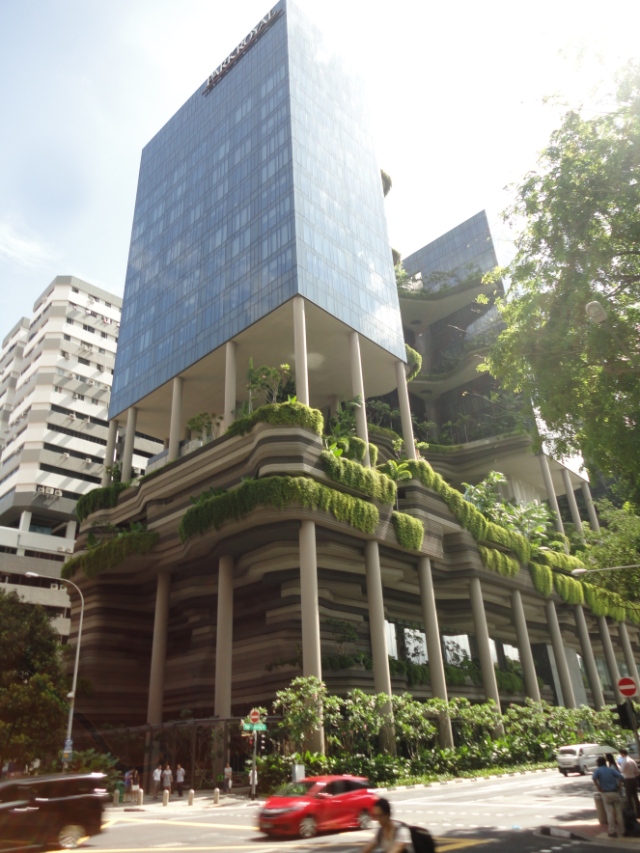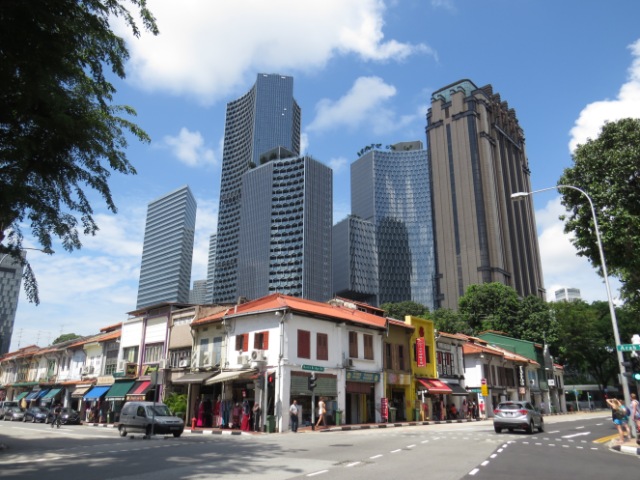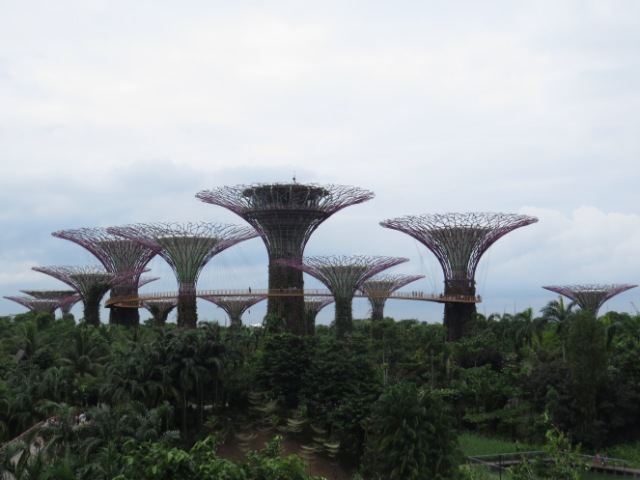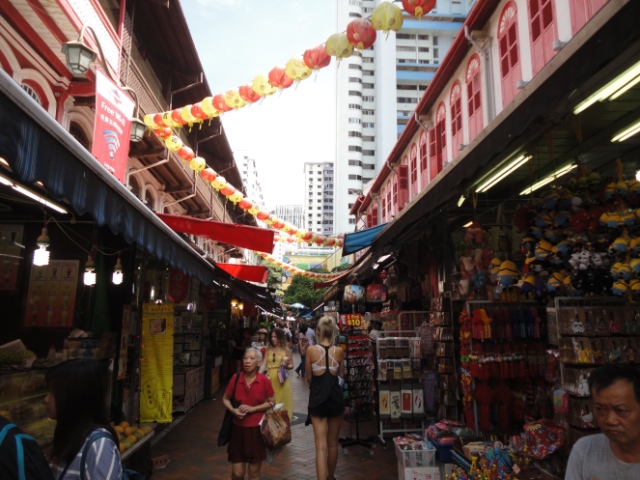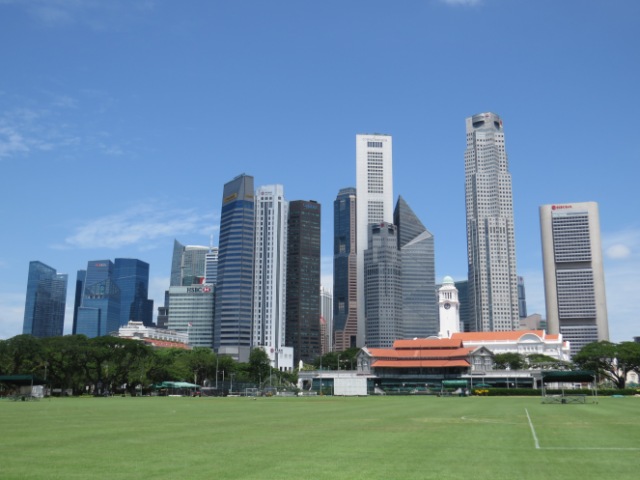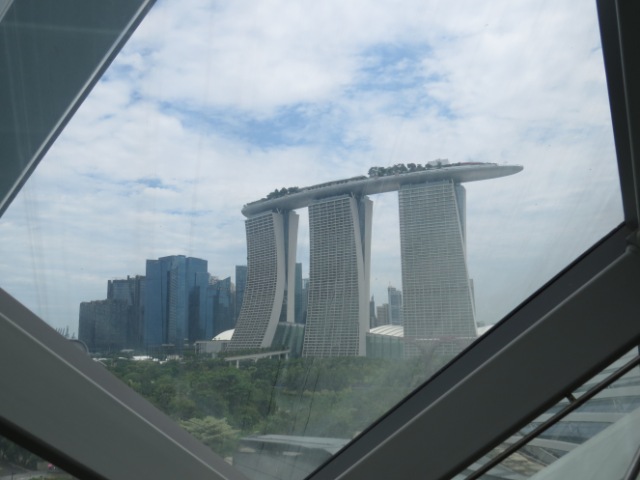
Singapore is one of Asia’s great success stories. Tiny and lacking natural resources, the city state managed to raise itself from an impoverished reject (it was briefly part of Malaysia before being kicked out) in 1965 to become one of the world’s richest nations and major financial hubs. Singapore manages to punch well above its weight in business, trade, tech, tourism, and regional politics.
Singapore is also unique in that it was ruled by a legendary strongman who was very respected, feared and admired – the late Lee Kuan Yew, who passed away in 2015. Much of Singapore’s economic success and development has been credited to his leadership. But Lee also contributed to Singapore’s reputation as a nanny state due to severe laws that limit freedom of expression, dissent, and other more banal things (like chewing gum for instance). While supposedly a democracy, Singapore has been ruled by only one party, Lee’s PAP, which always wins elections in an overwhelming manner (PAP currently hold 83 out of 89 seats).
I visited Singapore last year for the first time, and I was prepared to be bored, but instead I was impressed by the buildings and attractions, and how modern the country was in general. There was a lot of open space and greenery, and places did not feel crowded, despite Singapore being a small country with over 5 million. While the population is about 75% ethnic Chinese, Indians, Malays and expats make up the other 25%, and this was apparent everywhere in terms of the people and the food.
My birthplace Hong Kong seems to regard Singapore as its main competitor, due to both being tiny city states that are thriving financial hubs and former British colonies. But from what I saw, Hong Kong is so far behind that there is almost no contest. As mentioned, Singapore felt so spacious and uncongested, in comparison to Hong Kong and its cramped buildings and very crowded spaces.
Also, Hong Kong has nothing like the Gardens by the Bay or the Marina Bay Sands hotel, which even though they often appear in countless photos, are impressive to see in person. I saw a lot of towers with rooftop gardens, which besides supposedly being good for the environment also looks cool. Hong Kong might have similar buildings, but I haven’t seen any yet.
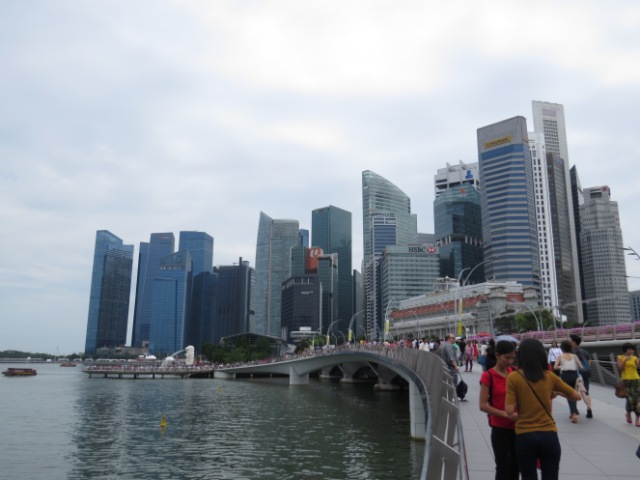
However, there were a few issues.
As spacious and clean as the streets and buildings in Singapore were, it often felt a bit too orderly. While not boring, I did feel like everything was a bit too perfect and artificial. In fact, parts of the city were a bit empty like the riverside where the Asian Civilizations Museum was.
I also found the subway system to be quite slow. For instance, I took the subway from my hotel in Little India to the airport, thinking it would take 1 hour, but in reality it took almost 1 hour and a half, which resulted in me having to rush to check in and scramble to my gate (I made my flight). Apparently, when going to Changi airport by subway, you need to get off at Tanah Merah station and wait for another train to go the final two stops, which took about 15 minutes to come. I hadn’t realized it would take so long because I thought that as a train going to the airport, it would be more frequent.
A very surprising issue is the dual pricing at attractions like the Gardens at the Bay, as Singaporeans pay much less than tourists. While this exists across Southeast Asia, I was surprised at encountering this in Singapore since it is a very wealthy country (if anything tourists should be paying less than locals, but I know locals have contributed to these attractions through tax). Still, dual pricing doesn’t exist across Europe, Japan or North America so I’m not sure why it should exist in Singapore.
It may not be a place to stay for too long or go wild and let loose (go to Thailand for that) but Singapore is a very interesting small country that is an oasis of calm and order in Southeast Asia.
